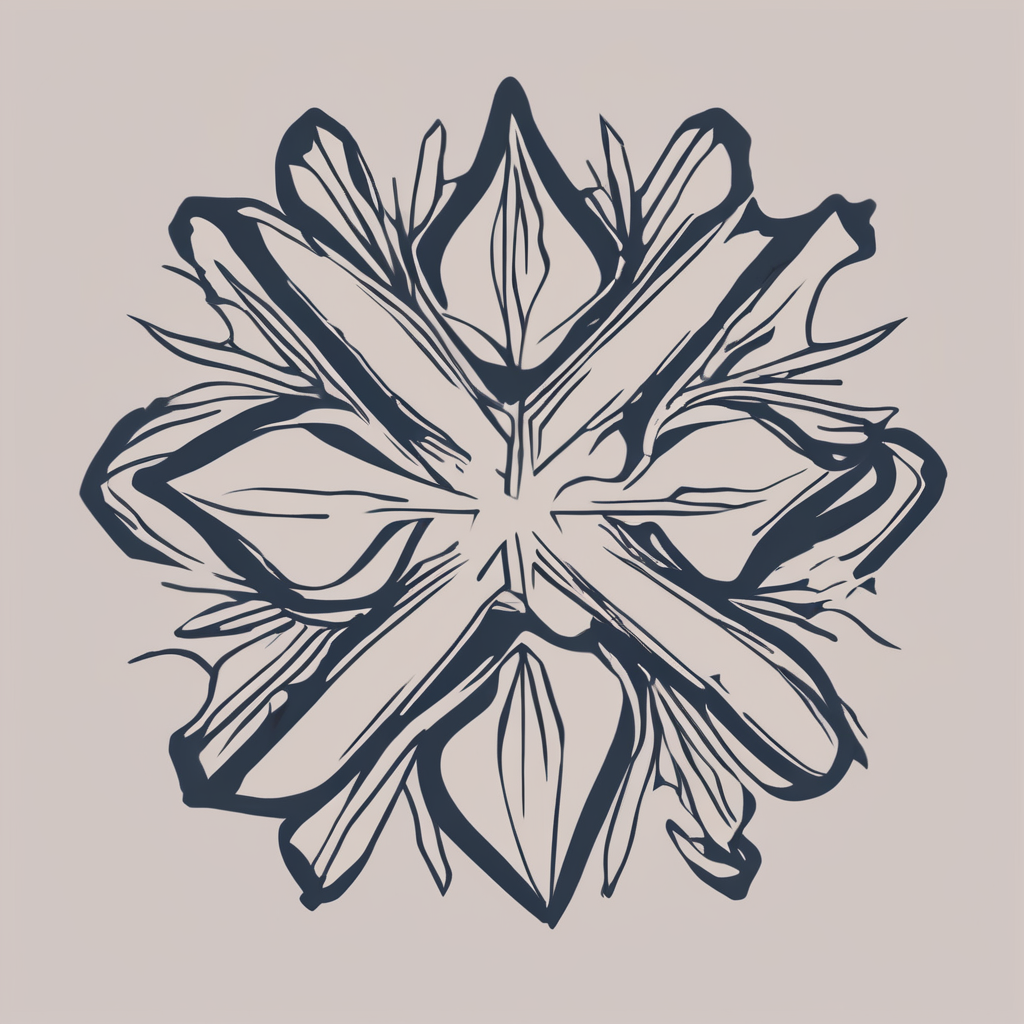Chronological Overview of British Women’s Fashion Transformations
British women’s fashion history reveals a rich tapestry of changing fashion trends shaped by social, economic, and cultural factors. Starting from the Victorian era, the silhouette was characterized by corseted waists and voluminous skirts, symbolizing formality and modesty. Fabrics like silk and velvet dominated, often in dark, muted colors.
Moving into the 1920s, the timeline of British style witnessed a dramatic shift. The traditional restrictive garments gave way to flapper dresses with dropped waists, reflecting newfound freedom. Light fabrics such as chiffon and brighter hues became popular, marking a liberation from prior norms.
Topic to read : What Are the Must-Have Accessories for Every UK Fashionista This Season?
The 1940s were defined by wartime austerity, where fabric rationing pushed simplicity and practicality. Tailored suits and knee-length skirts in neutral shades ruled, emphasizing function over flair. The post-war 1950s brought a return to femininity with full skirts and pastel colours, symbolizing optimism.
Each decade reflects how British women’s fashion history is intertwined with wider societal changes. Understanding this evolving timeline of British style helps appreciate the dynamic nature of changing fashion trends, highlighting transformations in silhouettes, fabrics, and colours across eras.
Also to see : How Can UK Women’s Fashion Evolve Beyond Traditional Norms?
Influences Shaping British Women’s Style
British women’s style is deeply intertwined with cultural influences on British style, reflecting a tapestry of historical and social factors. The impact of major historical events, from post-war austerity to the swinging sixties, has continuously shaped wardrobe choices and attitudes toward fashion. Music, notably bands like The Beatles and punk rock pioneers, and art movements such as Pop Art, have inspired bold and distinct looks embraced by women across decades.
Social factors fashion play a crucial role as well. Subcultures—mods, punks, and goths—have each redefined British fashion, turning alternative styles into mainstream trends. The influence of royalty remains potent: icons like Queen Elizabeth II and Diana, Princess of Wales set standards that have transcended generations, demonstrating the power of public figures in shaping perceptions of elegance and innovation.
British fashion icons continue to influence design and streetwear alike. Celebrities such as Kate Moss and Victoria Beckham have advanced British style beyond its borders, merging classic elements with contemporary flair. Collectively, these forces create a dynamic, evolving aesthetic that embodies British women’s identity and attitude toward fashion today.
Highlights of Distinctive Trends by Decade
Exploring significant fashion decades UK reveals how British style evolved uniquely over time, reflecting social shifts and youth culture. The 1920s marked a liberation in silhouette with the rise of flapper dresses. This decade embraced more relaxed, daring shapes breaking from previous formality, symbolising freedom and modernity for women.
Moving to the 1960s, the era’s defining youthquake brought revolutionary changes. The mini skirt and Mod culture challenged traditional norms. Young Britons expressed identity through bold geometric patterns, bright colours, and innovative cuts, making the 60s a prime example of vintage British trends thriving on rebellion and optimism.
In the 1980s and 1990s, British fashion navigated contrasting styles. Power dressing dominated the 80s with sharp tailoring and strong shoulders, reflecting new professional ambitions. Punk, an earlier 80s undercurrent, maintained its gritty energy with ripped fabrics and DIY aesthetics. The 90s embraced a minimalist resurgence, favouring clean lines and understated tones. This decade-by-decade British fashion journey demonstrates how each era’s aesthetics responded distinctly to cultural and social dynamics.
Iconic British Women and Their Fashion Legacy
Exploring the impact of British female fashion figures across generations
From Queen Elizabeth II’s distinctive sartorial choices to Vivienne Westwood’s pioneering punk aesthetics, British female fashion figures have left an indelible mark on both UK and global style. The Queen’s carefully curated wardrobe blends tradition with subtle modernity, influencing women’s style icons Britain-wide, embodying elegance and power in every public appearance.
Meanwhile, fashion designers UK such as Westwood revolutionized the scene with rebellious designs challenging conventional beauty and social norms. Their influence resonates in today’s fashion industry, inspiring both designers and consumers to embrace creativity and individuality.
Beyond designers, models like Twiggy and cultural icons such as Adele have served as muses and trendsetters, shaping mainstream fashion in Britain. Twiggy’s mod look in the 1960s, characterized by bold eye makeup and youthful silhouettes, introduced a fresh aesthetic that reshaped women’s style. Adele’s classic glamour continues to influence red carpet trends, proving the ongoing impact of British women in the costume narrative.
Collectively, these British female fashion figures highlight a rich legacy where tradition meets innovation, offering timeless inspiration to fashion enthusiasts at home and abroad.
Evolution of Signature British Garments and Aesthetics
Classic British clothing stands as a testament to timeless style combined with functional design. Among staple British fashion items, the trench coat plays a pivotal role. Initially designed for military use during World War I, its waterproof gabardine fabric and practical detailing transformed it into a symbol of sophistication that endures today.
Tailored suits, synonymous with British design evolution, reflect the country’s rich sartorial heritage. The meticulous craftsmanship behind a well-fitted suit epitomizes British elegance, often featuring structured shoulders and a slim waist cut. Tweed, another iconic fabric, demonstrates versatility: its rugged texture balanced by refined patterns symbolizes heritage wear that adapts gracefully across seasons.
The British fashion scene also embraces rebellion and reinvention. The punk movement introduced striking new elements, creating a counterpoint to traditional attire. Heritage patterns like tartan and houndstooth often receive contemporary reinterpretations, merging history with innovation. This balance between respect for past styles and bold experimentation propels British design forward, maintaining its global influence.


